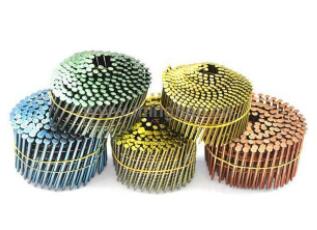Understanding Perforated Metal Sheet Specifications
Perforated metal sheets are essential materials widely used across various industries due to their versatility, durability, and aesthetic appeal. A perforated metal sheet is one that has been subjected to a process that creates a series of holes or openings in a specific pattern. This article aims to explore the key specifications of perforated metal sheets, which can help in choosing the right material for your project.
Material Types
One of the first considerations when dealing with perforated metal sheets is the type of material used. Common materials include stainless steel, aluminum, mild steel, and brass. Each material has its properties, advantages, and applications.
- Stainless Steel Known for its corrosion resistance, stainless steel perforated sheets are ideal for environments exposed to moisture or chemicals. They are commonly used in food processing and architectural applications. - Aluminum Lightweight and resistant to corrosion, aluminum perforated sheets are often used in applications requiring an excellent strength-to-weight ratio, such as in automotive or aviation industries.
- Mild Steel While it is more prone to rust, mild steel is favored for its strength and cost-effectiveness. These sheets can be galvanized or painted to enhance their durability.
- Brass Although less common, brass perforated panels provide an aesthetic appeal and are often used in decorative applications or in places where electrical conductivity is required.
Hole Patterns
The arrangement and size of the holes in perforated sheets are vital specifications that cater to specific functional requirements. The holes can be round, square, or rectangular, and they can vary in diameter, spacing, and orientation.
- Round Holes These are the most common type and are typically favored for their structural integrity and aesthetic appeal. They allow for maximum airflow and sound absorption, making them ideal for acoustical applications.
- Square and Rectangular Holes These shapes offer a different aesthetic and can be useful for specific applications, such as filtration systems, where a particular flow rate is required.
- Custom Patterns Many manufacturers also provide the option to create custom hole patterns tailored to the client’s needs, offering flexibility in design and functionality
.perforated metal sheet specification

Thickness and Gauge
The thickness of perforated metal sheets plays a critical role in determining their strength, weight, and applicability. The thickness is usually measured in gauges, with lower numbers indicating thicker sheets. Common thicknesses range from 20 to 12 gauge, but can vary based on the material used and the intended application.
Open Area Ratio
Another essential specification in perforated sheets is the open area ratio, which refers to the percentage of the total area that is open versus the area that is solid. This ratio influences various factors including light transmission, airflow, and sound absorption. For instance, a higher open area ratio is beneficial for ventilation purposes, while a lower ratio may be preferred for strength or security applications.
Finishing Options
The finishing of perforated metal sheets can significantly affect their performance and appearance. Common finishing methods include anodizing, galvanizing, powder coating, and painting. Each of these methods provides different benefits, such as corrosion resistance, enhanced aesthetics, or additional surface durability.
Applications
Perforated metal sheets find applications in various sectors, including construction, automotive, aerospace, and even art. Common uses include
- Acoustic panels in soundproofing environments - Architectural facades for aesthetic enhancement - Filters in air and liquid applications - Grilles and guards for safety and protection
Conclusion
Understanding the specifications of perforated metal sheets is crucial for selecting the right material for any project. Factors such as material type, hole pattern, thickness, open area ratio, and finishing options all play significant roles in determining the functionality and aesthetics of the sheets. By carefully considering these specifications, you can optimize the performance and longevity of your applications, ultimately leading to more efficient and visually pleasing results. Whether you're in construction, manufacturing, or design, perforated metal sheets offer a wealth of possibilities to explore.

















